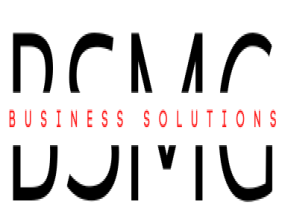Overview of Ford Motor Company and Stock Considerations
Ford Motor Company, a renowned global automaker, has been a key player in the automotive industry since its incorporation in 1903, known for iconic models like the Mustang and F-150. The focus now shifts to the company's potential for future returns. Recent performance has shown some positive trends, with an average return of 5.26% in recent quarters of 2023. However, Ford's 1-year total return of 15.56% lags behind the broader industry’s 61.50%, as does its 10-year total return of 1.6% compared to the industry's 11.89%.
- Opening a Brokerage Account
To invest in Ford stock, the first step is opening a brokerage account. Many brokerages offer low account minimums and fees, making it accessible to most. Some allow accounts to be opened with just a small amount.
- Choosing the Right Account
After opening a brokerage account, select the type of account that suits long-term financial needs:
- Taxable brokerage accounts: These allow for straightforward stock purchases, but capital gains taxes will apply when stocks are sold at a profit.
- Registered accounts: If the investment is for retirement or education, consider tax-advantaged options such as a Registered Retirement Savings Plan (RRSP), Tax-Free Savings Account (TFSA), or Registered Education Savings Plan (RESP). These accounts offer tax benefits but may have contribution limits and early withdrawal penalties.
- Determining Investment Amount
Investing in a single stock, even one as established as Ford, carries risks. It's essential to consider Ford’s financial stability, future plans (particularly its focus on electric vehicles), and how the stock fits into a diversified portfolio. Fractional shares are an option for those looking to invest smaller amounts, though only a few brokers in Canada offer this feature.
- Placing a Purchase Order
Once the decision is made to invest in Ford, enter the ticker symbol (F) and the desired number of shares (or dollar amount if buying fractional shares) into the brokerage platform. The most common order types are:
- Market order: Executes immediately at the current price.
- Limit order: Only executes if the stock reaches a specified price.
Ford is traded on the New York Stock Exchange (NYSE), with trading hours from 9:30 a.m. to 4:00 p.m. ET, Monday through Friday.
- Understanding Fees and Taxes
When purchasing U.S. stocks with Canadian dollars, be aware of potential currency conversion fees ranging from 1% to 4%. These fees can be avoided by keeping funds in U.S. dollars through options like a U.S. dollar account or using Norbert’s Gambit, a strategy to convert Canadian dollars to U.S. dollars without incurring hefty fees. Additionally, a 15% withholding tax applies to dividends from U.S. stocks unless held in an RRSP, which the U.S. government recognizes for tax purposes.
- Monitoring Ford Stock Performance
To track Ford's performance, compare it to relevant indices such as the S&P 500 or the MSCI ACWI Automobiles and Components Index, where Ford is a significant component.
Selling Ford Stock
When it's time to sell, enter the number of shares or dollar amount to sell in the brokerage platform. Limit orders can be used to sell shares at a specific price. Consider consulting a tax professional, as selling stocks may incur capital gains taxes. In Canada, 50% of the capital gain is taxable.
While the Ford Motor Company offers potential as part of an investment strategy, careful planning, and monitoring are key to making informed decisions about buying or selling its stock.





